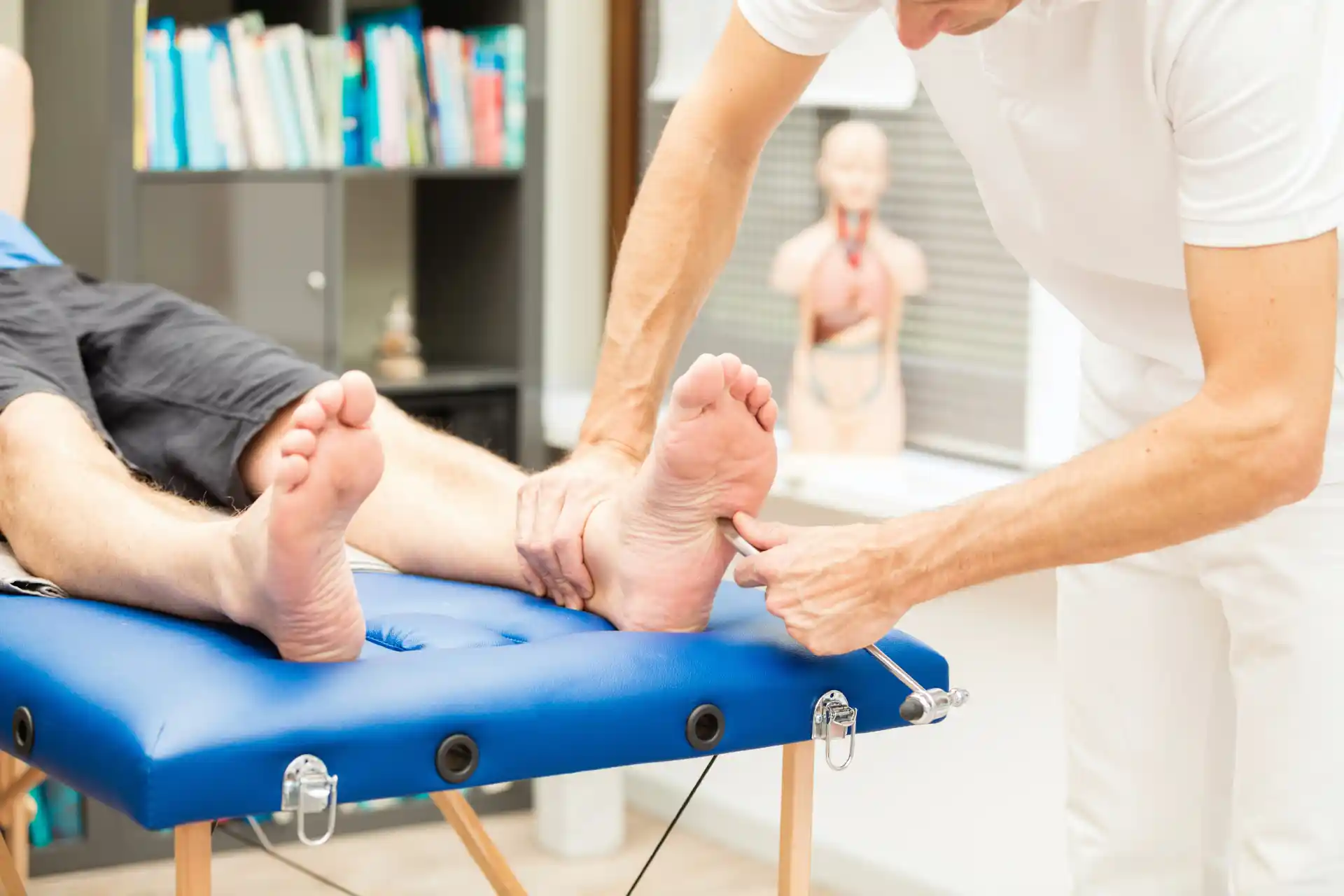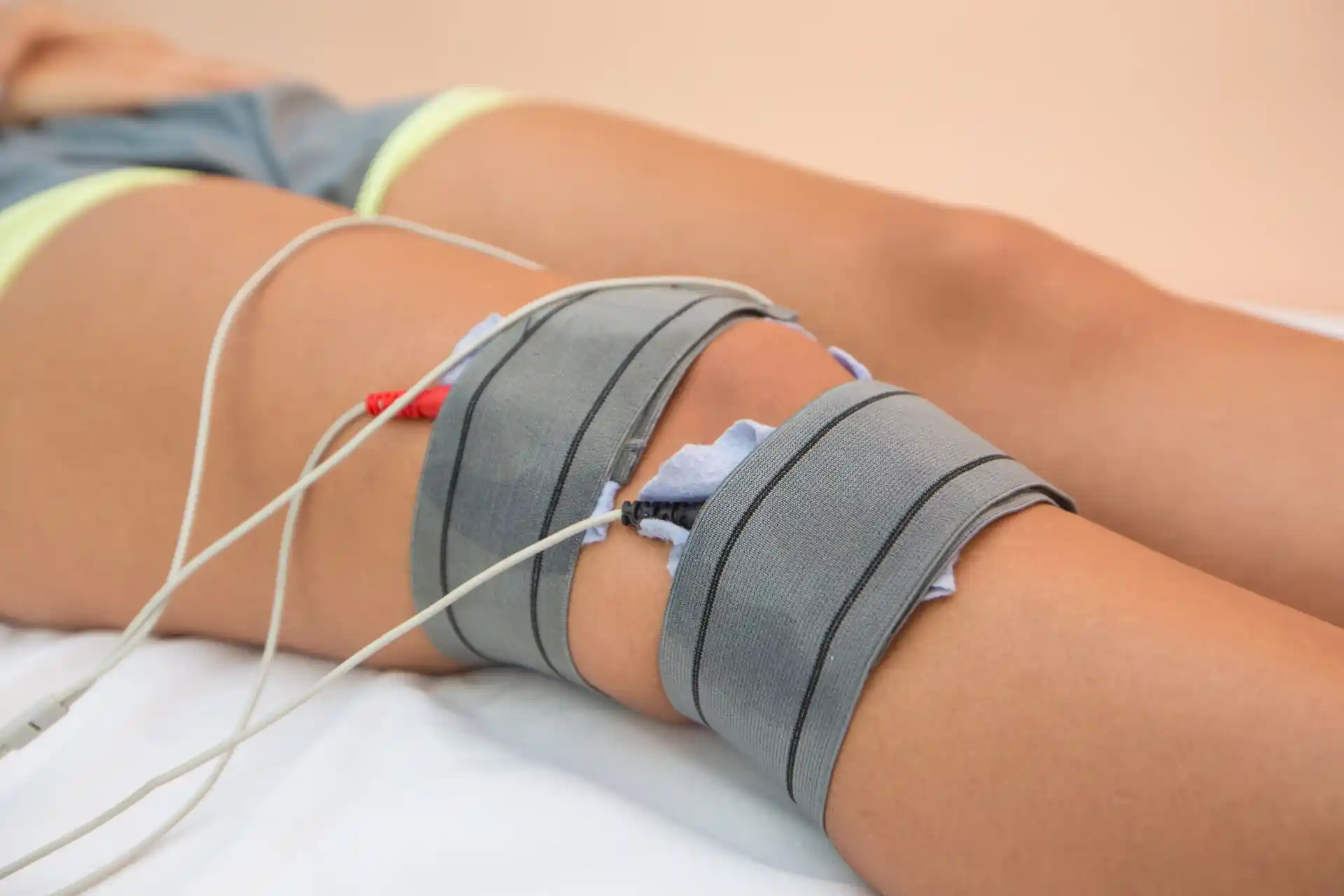Understand Muscle Spasms
Muscle spasms happen when part or all of a muscle suddenly contracts and will not relax. They commonly show up in your legs—especially the calves—but they can occur in your back, hands, toes, or even your neck (Cleveland Clinic [https://my.clevelandclinic.org/health/diseases/muscle-spasms-muscle-cramps]). At times, the muscle may twitch or cramp up so tightly that you feel like it forms a rock-hard knot. Although they typically last only a few seconds to a few minutes, these sensations can cause lingering soreness.
Muscle spasms can be mild or severe. A mild spasm might feel like your muscle is jumping on its own, while a more intense cramp can be forceful enough to stop you in your tracks. In many cases, these episodes pass on their own and do not require direct medical treatment. Still, it is worth paying attention if you struggle with frequent muscle spasms or if they become unbearably painful.
What They Feel Like
- A strong, involuntary tightening or contraction that can come on suddenly.
- Twitching or a sensation that the muscle is moving by itself.
- A mild ache that follows after the cramp subsides, especially in the legs.
- Sharp pain if the entire muscle stiffens up, forming what feels like a small, tight ball beneath the skin.
You might notice that these cramps often pop up during exercise, late at night (when you least expect it), or even after you have been sitting in one position for too long.
Recognize Common Triggers
Muscle spasms usually develop as a result of one or more overlapping factors. Everything from the way you exercise to the medications you take can play a role.
By zeroing in on the specific conditions that set you up for cramps, you can take practical steps to avoid them—and that starts with understanding the most common triggers.
Lifestyle Factors
- Dehydration
When your body lacks fluids, minerals and electrolytes may become imbalanced, increasing the risk that your muscles will tense up unexpectedly. If you regularly exercise without drinking enough water, you are more vulnerable to cramps, especially in hot weather. - Mineral Deficiency
Low levels of potassium, calcium, or magnesium can make your muscles more likely to spasm. This shortage could be due to a less-than-ideal diet or a digestive or metabolic issue that prevents you from absorbing nutrients efficiently. - Overuse And Fatigue
Exercising harder or longer than your muscles are prepared for can lead to spasms. You might also notice them if you work the same muscles repeatedly without enough rest. If you want more rehab tips, you could look at simple ways to bolster recovery from injuries like a sprain vs strain. - Holding The Same Posture
Sitting or standing for many hours is another trigger, because your muscles remain tight or in one position for too long. Even though the activity is not intense, the lack of movement can lead to uncomfortable cramps.
Possible Underlying Conditions
Although most muscle spasms are harmless, certain health problems can set you up for more frequent or severe cramping. For instance, nerve disorders like dystonia or thyroid issues may be responsible for chronic muscle spasms. Athletes who consistently push themselves without enough rest might also be dealing with overtraining syndrome, contributing to repeated cramps.
If you notice additional symptoms—such as muscle weakness, poor coordination, or trouble speaking—along with frequent cramps, you may want to discuss these concerns with your healthcare provider. In some cases, ongoing or severe spasms indicate an underlying neurological issue.
Read more on muscle injuries and chronic pain to support your knowledge on muscle spasms.
Relieve And Prevent Discomfort
While muscle spasms can disrupt your day (or night), they are often manageable with a few simple tactics:
Stretching And Massage
Gentle stretching encourages your muscle fibers to relax and may help stave off future episodes. Experts often suggest focusing on the calf muscles, hamstrings, or any other area that frequently tightens up. Some people find it helpful to perform light stretches before going to bed, reducing the chance of nocturnal cramps.
You can also:
- Apply a heating pad or warm towel to the area to ease tightness.
- Use mild pressure or a circular massage on the affected muscle to boost blood flow and relaxation.
- Try slow, controlled movements—like flexing your foot gently back and forth—to release tension in your calf or hamstring.
If you recently pulled a muscle or suspect a strain, you can explore tips on how to speed up muscle strain recovery. A balanced routine of exercise and rest helps keep muscles in prime condition.
Hydration And Electrolytes
Drinking enough water throughout the day is a powerful step toward preventing muscle spasms. While there is not a one-size-fits-all number of glasses for everyone, aim for at least eight 8-ounce servings if you do not have any medical restrictions.
Along with water, you may consider beverages or foods that provide electrolytes, such as:
- Coconut water (rich in potassium)
- Low-sugar sports drinks
- Vegetables and fruits (bananas, leafy greens, avocados)
A 2022 study of 98 marathon runners hinted that muscle damage, not solely dehydration or electrolyte loss, may be a primary culprit for cramps. However, staying well-hydrated still keeps your body functioning smoothly and reduces your risk of discomfort.
Lifestyle Adjustments
- Warm Up Before Exercise
Spend at least five minutes loosening your muscles with dynamic stretches or light jogging. This helps wake up your muscles gradually and can reduce the shock of intense activity. - Break Up Long Sitting Periods
Every hour or so, take a short walking break or stand and stretch, especially if you work at a desk. Good news: even a one-minute movement break can ease tension and boost circulation. - Balance Your Exercise Routine
Overworked muscles often respond by cramping, so allow yourself rest days or lighter workout sessions. If your legs get sore easily, cross-train by focusing on upper-body workouts some days. - Check Your Nutrition
If you suspect a mineral deficiency, talk to a healthcare provider. Sometimes, a blood test is all you need to see whether your calcium, magnesium, or potassium levels are low. Supplements can help, but only under professional guidance. - Manage Stress Levels
Stress and anxiety can cause you to tense up. Techniques like deep breathing, short walks, or a regular yoga practice can make a big difference in how your muscles react to daily life.
Know When To Seek Help
While most muscle spasms are typically harmless, it is wise to pay closer attention if:
- You experience severe pain or your cramp simply will not quit.
- Spasms keep returning and you cannot pin down the cause.
- You observe muscle weakness or difficulty coordinating your movements
- You have a chronic medical condition, such as a nerve disorder or thyroid problem, that might be underlying your frequent cramps.
In these instances, a healthcare provider can run tests to confirm or rule out specific issues, such as nerve compression or a vitamin deficiency.
Additionally, do not hesitate to get emergency care if the pain becomes overwhelming or if something feels significantly out of the ordinary.
Seek RELIEF®
RELIEF® is an evidence-backed treatment that targets dysfunctional fascia—the connective tissue that surrounds and supports muscles. When fascia becomes tight or adhered after injury, it can restrict movement, cause pain, and slow recovery.1,2
Using a minimally invasive hydrodissection technique, RELIEF® gently separates and releases adhered fascia and may help restore healthy tissue mobility and improve muscle recovery—without the need for steroids, surgery, anesthesia, or extended downtime.3,4,5
If you’re in the Miami area and recovering from a muscle injury, contact us today to schedule a consultation and learn how RELIEF® can help restore your mobility and comfort.






.svg)